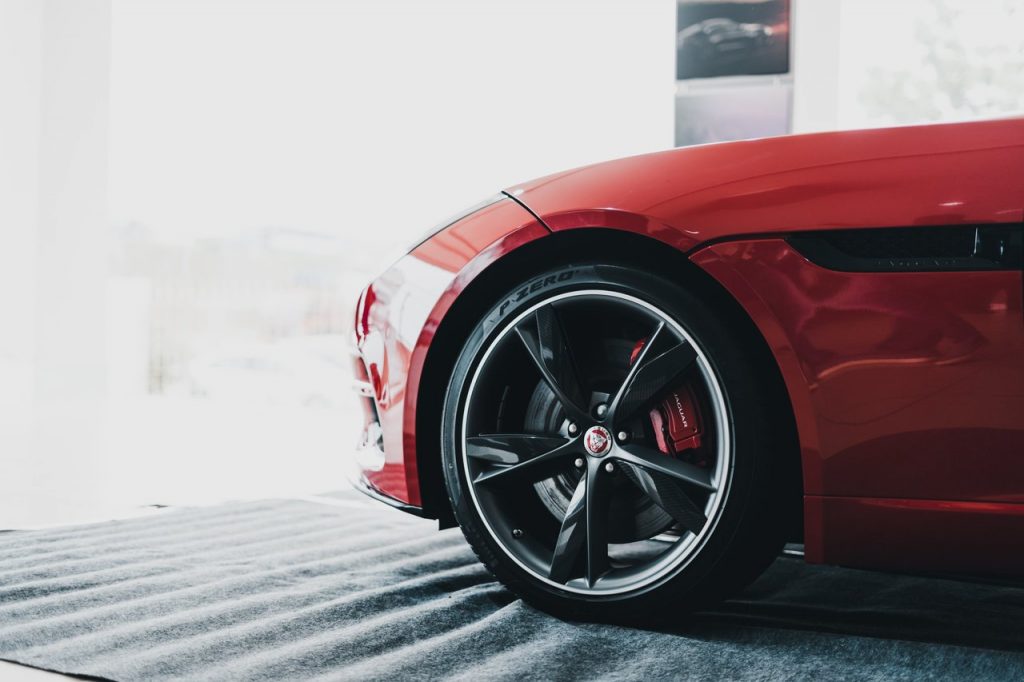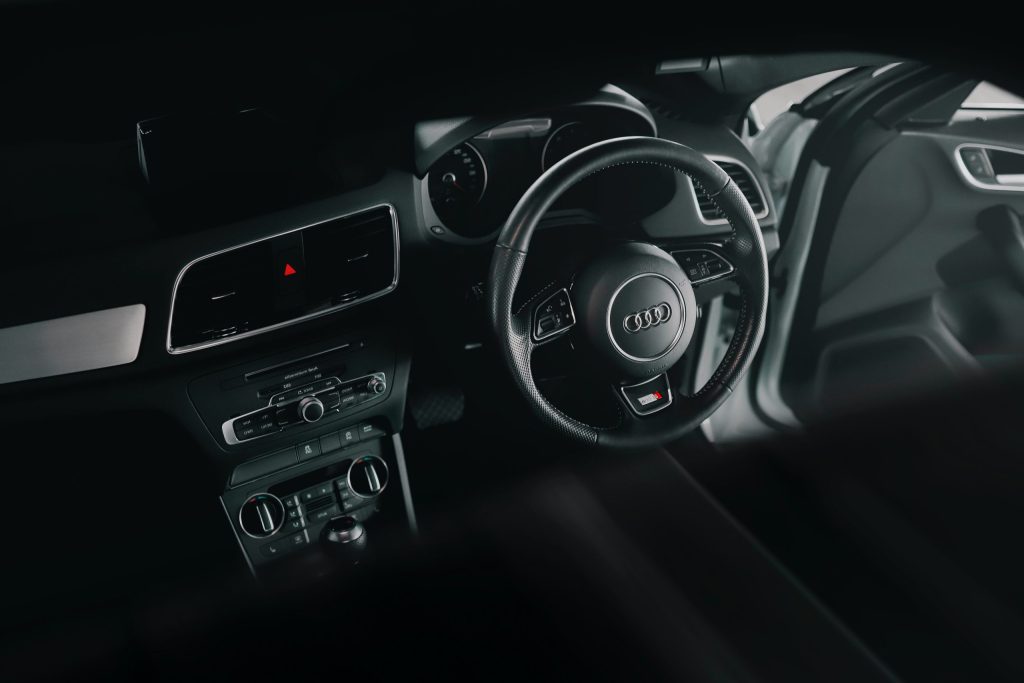Introduction To Proper Preparation
The first step is to wash the car thoroughly. You should clean the car with a microfibre wash mitt and a pH neutral shampoo designed for cars, most of your car wash shampoos from the local auto store, will most likely pH neutral (just avoid truck wash or heavy duty washing agents). The next step is to dry the car with a large microfibre towel to reduce the likelihood of micromarring and minimise your chances of swirls. However, there are other methods for drying your car, like using a chamois cloth or even an air compressor, however, chamois are considered ’old-school’ and microfibre towels do a better job due to the lower chance of scratching. You should always make sure that the surface of the car is completely dry before applying any kind of coating onto it.
The next step is to apply paint correction in the form of a machine polish unless your car is already in an immaculate condition. This will provide you with a clean canvas before we apply any coating. You want to make sure that your paint is free from dirt and grime as well as any scratches that may have been on the vehicle. Believe us, even brand new cars that come in the storage containers from overseas manufacturers, often arrive with minor blemishes, which is why we always recommend having a professional detailer apply your coating as they know exactly what to look out for.
This step should be applied evenly across all surfaces of your vehicle’s bodywork and it should be wiped again after with a panel cleanse to remove any existing or excess polish that may be still on the paintwork. After the layer has had a chance to dry after the panel wipe, it’s time to apply your ceramic coating using an applicator pad. Always wear gloves and ideally a face mask as the fumes can be quite pungent; safety comes first. Always apply a few drops to the applicator pad before applying the coating and specifically follow the instructions on the bottle. Different brands will often have different methods and procedures for application, for example the flash time could vary significantly between brands.
Car Ceramic Coating In a Nutshell
Automotive coatings are used to protect cars from corrosion and rust, whilst applying a level of hardness and gloss through the use of nanotechnology. The main purpose for applying this is to protect the car from corrosion and rust, but it also has other benefits such as making scratches less visible and protecting against bird droppings. In short, it adds a level of chemical and physical resistance. This does not mean your car cannot be blemished at all, please do not be confused, it is not bulletproof. It means that you have a harder coating on top to help preserve your paintwork further, any damage to the paint itself is not only tedious to fix, but very expensive.
How Can Ceramic Coatings Help Your Car?
Ceramic coatings are designed to protect and beautify your car paint. They are not just a paint sealant, but also a protective barrier against the elements like acid rain, bird droppings, and other contaminants. It is unmatched in performance compared to any existing wax or sealant on the market by MILES.
The ceramic coating is an easy-to-apply liquid that is sprayed onto the vehicle’s exterior. It then reacts with the paint to create a tough shield that prevents damage from occurring in the first place by becoming semi-permanent (a strong bond). It can help sustain the value of your car and make it super easy to maintain as cleaning the car since it is hard for contaminants to stick to it (all thanks to hydrophobicity).

What Are the Downsides?
One of the biggest reasons why not everyone gets a ceramic coating is the cost. But, if you think about it, it lasts many years, meaning the need for full details on an annual basis is not required as often and cleaning the car is so much easier. This ensures that you are able to increase the longevity and ‘newness’ of your car for longer, preserving its market value for longer. If you divide the cost by the expected years of protection, you will realise it is a super-efficient way to protect your investment.
Why Ceramic Coating is Important to Your Car's Exterior & Interior
Ceramic coatings are important for cars because they protect the paint from UV rays, acid rain, bird droppings, and other environmental hazards. Ceramic coatings also protect against rust and corrosion, so you can enjoy your car for years to come.
Ceramic coatings are available in a variety of colors so you can find one that matches your vehicle perfectly. Furthermore, you can apply an interior fabric or leather protection to make it spill and stain resistant, excellent for those who eat/drink in the car or simply have children or passengers regularly. Spilling food and drinks can be such a nightmare to clean and can eventuate to stinky and harmful mould.

How to Choose the Right Car Ceramic Coating for You
The best car ceramic coating is one that will protect your vehicle from the elements, including rust and corrosion.
The most important thing to consider in choosing a car ceramic coating is how it will be applied. There are two main types of application: spray on and liquid coatings. Liquid coatings are ideal for large vehicles like vans or buses, but spray on coatings can be used for small cars as well and are more like your toppers. Toppers are designed to preserve your ceramic coating and not to be confused as a ceramic coating, think of it as a wax or sealant for your car. If you are looking for a more durable option, then you can’t go wrong with the graphene coating, the new kid on the block with boosted chemical resistance and durability compared to your ceramic coatings.
